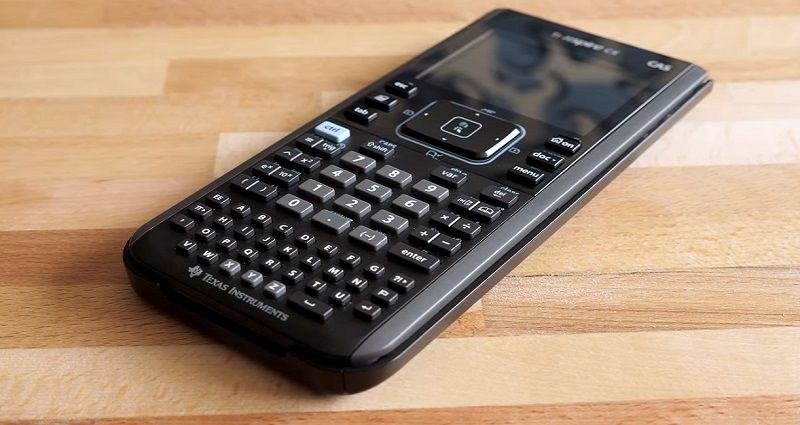How to choose a calculator?
At the moment, there are many different calculators, each of which can be useful in a particular situation. When choosing the best ti calculator, you need to focus on your own needs. In this article we will look at several basic types of modern calculators. There are calculators:
- For education.
- For business.
- For financiers.
- For everyday life.
Calculator in education
Education calculators are called engineering calculators. Sometimes they are called science calculators. They are mainly designed to solve arithmetic problems. Some models can count complex numbers and statistics. Scientific calculators are divided into programmable and non-programmable calculators.

- Non-programmable calculators. They differ from programmable calculators in that they work only with the algorithms for solving tasks specified by the manufacturer, which cannot be reworked. It is these calculators that are allowed to be used in exams if there is a certificate confirming that these models are non-programmable.
- Programmable calculators. These calculators can no longer be used in exams. They are already microcomputers, on which you can even write programs and create graphics and 3D models. These calculators even allow you to connect different sensors and measure environmental data. You can also program mathematical models of various complexity. Very often such calculators are used in educational programs of IB schools and universities. These calculators give the student a full range of tools to solve different problems and give the skill not only to search for methods of solving problems, but also to make an independent selection of the way to achieve the result.
Office calculator
Office or desktop calculators are familiar desktop calculators with different sizes and basic functions of summation, subtraction, multiplication, division, and percentage calculation. These functions can be complemented by a root number, tax calculation, step-by-step check and action correction, and memory. For most calculations, a single memory register is sufficient, but for profit and loss calculations, two independent memory registers may sometimes be required, which are also found in business calculators.
So, if you don’t need to do a lot of calculations, set the exact number of decimal places, calculate taxes, and collect data from different memory registers, then choose a simple, compact calculator with large keys and as large a display as possible. This saves you money, space and vision.

Calculators for financial calculations
- Financial calculators. When you need a compact assistant in calculating depreciation, loan, break-even point and other financial indicators, a financial calculator is a great helper. What sets it apart from a conventional scientific calculator is that it already has all the financial functions and formulas. You will only need to enter the values that the calculator asks you for when calculating. And by pressing the minimum number of keys you can quickly calculate any financial task. Some financial calculators also have the ability to program financial algorithms.
- Printing calculators. Printing calculators are designed to document your calculations. Some people confuse them with cash registers. Unlike cash registers, printing calculators can only print your calculations on a check-tape. They cannot put any fiscal information on the ribbon. Printing calculators are mainly used by banks and logistics companies to duplicate the calculations on the check ribbon and then apply them to the documents.
|



